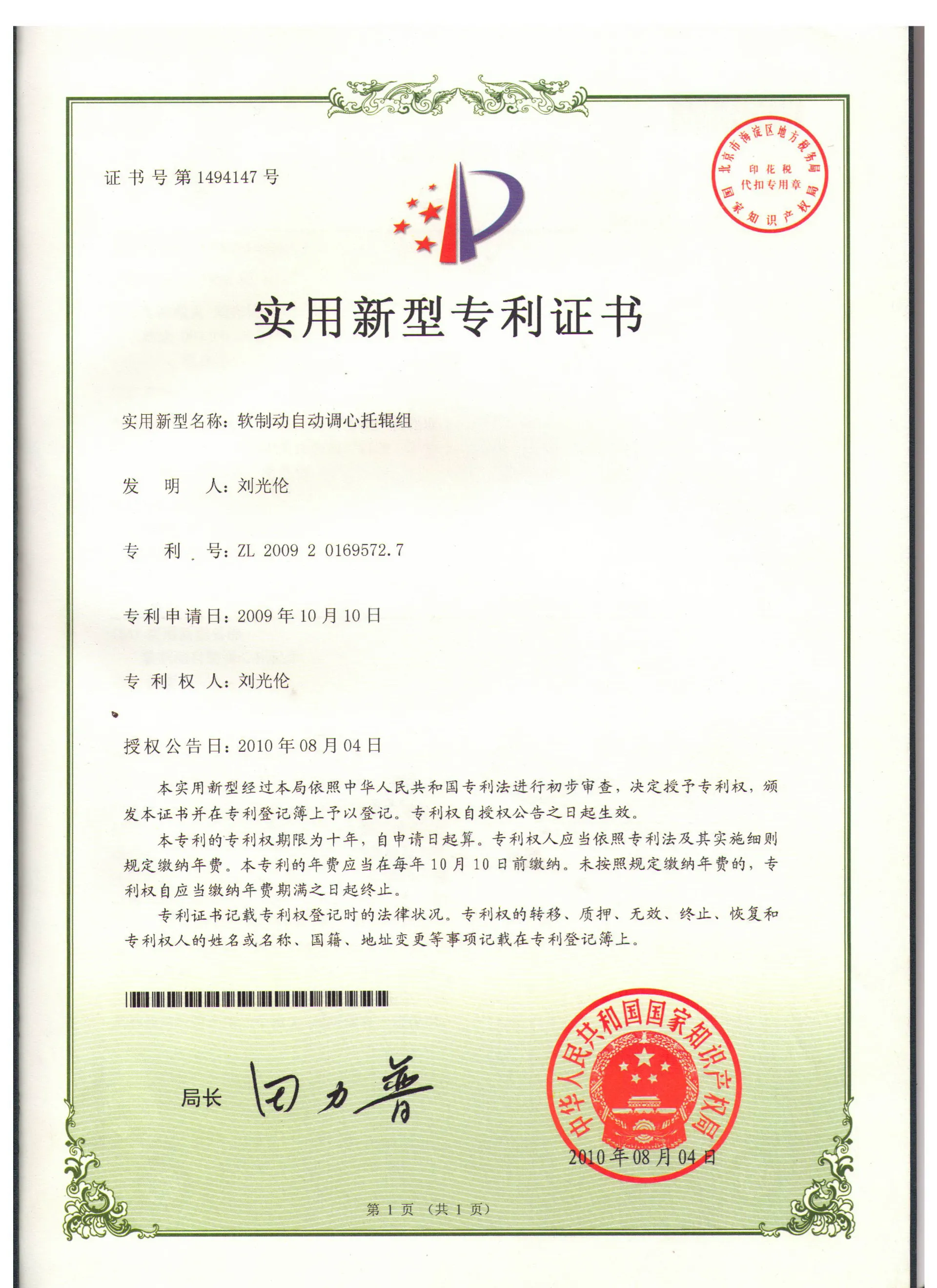 Afrikaans
Afrikaans  Albanian
Albanian  Amharic
Amharic  Arabic
Arabic  Armenian
Armenian  Azerbaijani
Azerbaijani  Basque
Basque  Belarusian
Belarusian  Bengali
Bengali  Bosnian
Bosnian  Bulgarian
Bulgarian  Catalan
Catalan  Cebuano
Cebuano  Corsican
Corsican  Croatian
Croatian  Czech
Czech  Danish
Danish  Dutch
Dutch  English
English  Esperanto
Esperanto  Estonian
Estonian  Finnish
Finnish  French
French  Frisian
Frisian  Galician
Galician  Georgian
Georgian  German
German  Greek
Greek  Gujarati
Gujarati  Haitian Creole
Haitian Creole  hausa
hausa  hawaiian
hawaiian  Hebrew
Hebrew  Hindi
Hindi  Miao
Miao  Hungarian
Hungarian  Icelandic
Icelandic  igbo
igbo  Indonesian
Indonesian  irish
irish  Italian
Italian  Japanese
Japanese  Javanese
Javanese  Kannada
Kannada  kazakh
kazakh  Khmer
Khmer  Rwandese
Rwandese  Korean
Korean  Kurdish
Kurdish  Kyrgyz
Kyrgyz  Lao
Lao  Latin
Latin  Latvian
Latvian  Lithuanian
Lithuanian  Luxembourgish
Luxembourgish  Macedonian
Macedonian  Malgashi
Malgashi  Malay
Malay  Malayalam
Malayalam  Maltese
Maltese  Maori
Maori  Marathi
Marathi  Mongolian
Mongolian  Myanmar
Myanmar  Nepali
Nepali  Norwegian
Norwegian  Norwegian
Norwegian  Occitan
Occitan  Pashto
Pashto  Persian
Persian  Polish
Polish  Portuguese
Portuguese  Punjabi
Punjabi  Romanian
Romanian  Russian
Russian  Samoan
Samoan  Scottish Gaelic
Scottish Gaelic  Serbian
Serbian  Sesotho
Sesotho  Shona
Shona  Sindhi
Sindhi  Sinhala
Sinhala  Slovak
Slovak  Slovenian
Slovenian  Somali
Somali  Spanish
Spanish  Sundanese
Sundanese  Swahili
Swahili  Swedish
Swedish  Tagalog
Tagalog  Tajik
Tajik  Tamil
Tamil  Tatar
Tatar  Telugu
Telugu  Thai
Thai  Turkish
Turkish  Turkmen
Turkmen  Ukrainian
Ukrainian  Urdu
Urdu  Uighur
Uighur  Uzbek
Uzbek  Vietnamese
Vietnamese  Welsh
Welsh  Bantu
Bantu  Yiddish
Yiddish  Yoruba
Yoruba  Zulu
Zulu cleaning of conveyor belt
Cleaning of Conveyor Belts A Vital Process for Industrial Efficiency
Conveyor belts are an integral part of many industries, including manufacturing, mining, and food processing. They facilitate the smooth and efficient movement of products from one stage of production to another. However, over time, conveyor belts accumulate dust, grime, and other contaminants, which can lead to a host of issues, including reduced efficiency, product contamination, and safety hazards. In this context, the cleaning of conveyor belts emerges as a critical aspect of operational maintenance.
The necessity for cleaning conveyor belts cannot be overstated. A dirty belt not only hampers the efficiency of movement but also jeopardizes the quality of the end product. For instance, in the food processing industry, failing to clean conveyor belts adequately can lead to cross-contamination, which poses serious health risks. Contaminated products could potentially lead to foodborne illnesses and costly recalls, damaging both the reputation and financial standing of a business.
Moreover, a well-maintained conveyor belt system operates at optimal efficiency. Debris can cause slippage and increase friction, which may wear down the belt prematurely. Regular cleaning minimizes these risks, allowing for smoother operation and extending the lifespan of the equipment. This aspect is particularly important in industries where conveyor systems are continuously in operation.
The cleaning process itself can vary based on the materials being transported, the type of conveyor belt, and the level of contamination
. Here are some common methods employed in the cleaning of conveyor belts1. Manual Cleaning This is often the simplest approach, where operators use brushes, scrapers, or even cloths to manually remove debris from the belt. While effective for minor cleaning tasks, it can be labor-intensive and may not be suitable for large-scale operations.
cleaning of conveyor belt

2. Pressure Washing For more stubborn contaminants, pressure washing can be an effective method. This involves using a high-pressure stream of water or cleaning solution to dislodge dirt and debris. While this method is efficient, care must be taken to avoid damage to the belt or the conveyor system.
3. Chemical Cleaning In certain industries, specialized cleaning agents may be employed to dissolve grease, oils, or food residues that have built up on the conveyor surface. It is crucial to choose chemicals that are safe and appropriate for the specific materials being transported.
4. Automated Cleaning Systems In advanced facilities, automated cleaning systems are becoming increasingly popular. These systems can include sensors that detect contamination levels and trigger cleaning cycles as needed, thus ensuring consistent hygiene without manual intervention.
Regardless of the method chosen, there are best practices that should be followed during the cleaning process. For example, it is important to ensure that the conveyor is powered down and locked out before any cleaning begins. Employees should be trained on the proper cleaning techniques and safety protocols to minimize risks.
In conclusion, the cleaning of conveyor belts is not merely a routine task but a vital operation that impacts overall efficiency, safety, and product quality. By implementing effective cleaning procedures and investing in appropriate technologies, industries can ensure that their conveyor systems remain in peak condition. This not only fosters a safe working environment but also enhances productivity, contributing to the broader goals of sustainability and operational excellence. Regular cleaning should be seen as a proactive approach rather than a reactive necessity, underscoring its importance in any industrial setting.
-
Revolutionizing Conveyor Reliability with Advanced Rubber Lagging PulleysNewsJul.22,2025
-
Powering Precision and Durability with Expert Manufacturers of Conveyor ComponentsNewsJul.22,2025
-
Optimizing Conveyor Systems with Advanced Conveyor AccessoriesNewsJul.22,2025
-
Maximize Conveyor Efficiency with Quality Conveyor Idler PulleysNewsJul.22,2025
-
Future-Proof Your Conveyor System with High-Performance Polyurethane RollerNewsJul.22,2025
-
Driving Efficiency Forward with Quality Idlers and RollersNewsJul.22,2025





























